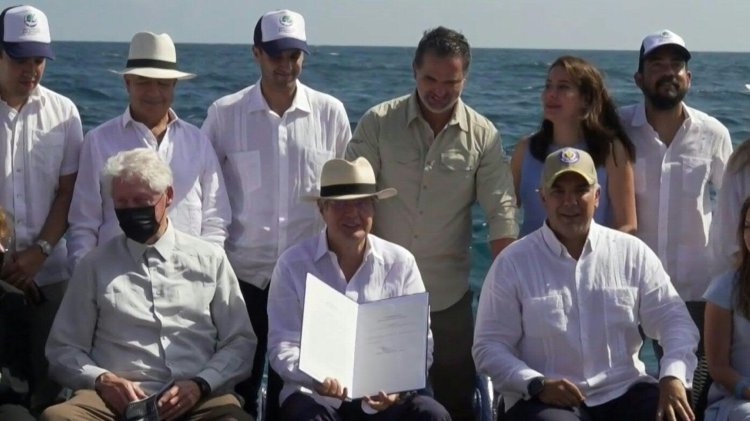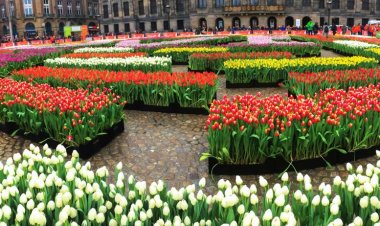Ecuador expands sea life protections around Galapagos

Ecuador created a massive new marine reserve Friday north of its Galapagos islands, forming a Pacific corridor up to Costa Rica's Cocos Island National Park to preserve species of migratory fauna, such as sharks.
President Guillermo Lasso, on board a scientific vessel from the Galapagos National Park (PNG) anchored in the bay of Puerto Ayora off Santa Cruz Island, signed the decree creating the new reserve called "Hermandad" (Brotherhood).
To mark the opening of the marine reserve, he then cut a ribbon made out of materials collected during coastal cleanups conducted in the Galapagos.
The new reserve is incorporated into the 138,000 square kilometres (50,200 square miles) of reserve that have existed since March 1998.
So the archipelago that inspired English naturalist Charles Darwin has now expanded to an impressive 198,000 square kilometres of protected marine area.
The Galapagos marine reserve, in which industrial fishing is prohibited, is the second-largest in the world. More than 2,900 marine species have been reported within the archipelago, which is a Natural World Heritage Site.
Authorities are planning for protected areas in adjacent Colombia and Panama to join later, creating an international marine biosphere reserve.
The leaders of those two countries also signed the decree along with Lasso.
Lasso announced the expansion of the Galapagos marine reserve, which has unique flora and fauna and fragile ecosystems, in November in Glasgow, on the occasion of the COP 26 climate summit.
The project was in exchange for a reduction in Ecuador's international debt.















